
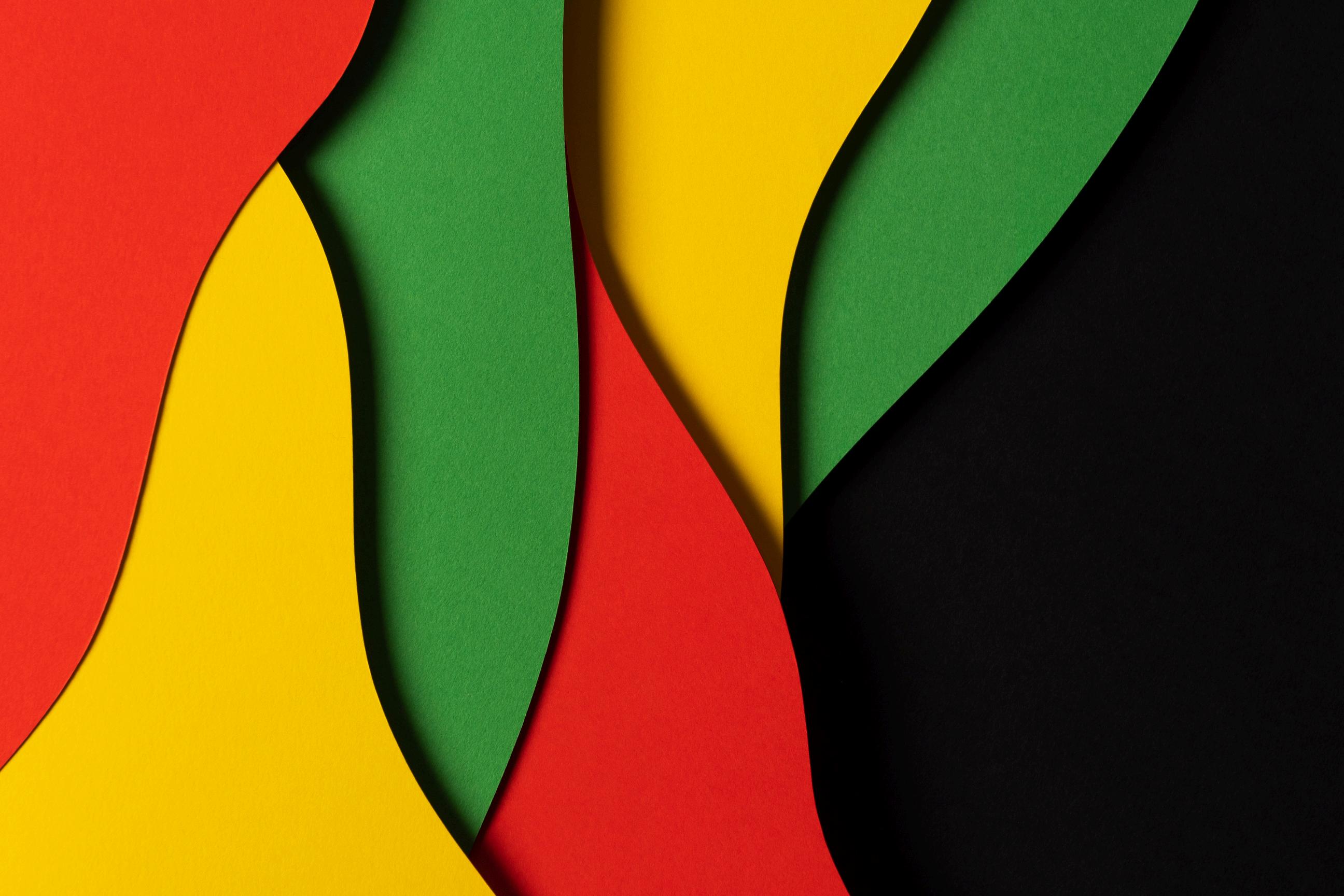



Black History Month began in the United States in 1926, but it would take more than sixty years before it was formally recognised in the UK. In 1987, Ghanaian activist Akyaaba Addai-Sebo spearheaded the movement, determined to confront racism in Britain and highlight the history of the African diaspora. He chose October as the month to celebrate, a time dedicated to honouring the extraordinary legacy of Black communities in the UK.
The 2025 theme, “Standing Firm in Power and Pride,” reflects a powerful commitment to resilience, strength, and progress within the global Black community
Music especially reggae—has always been central to this celebration. More than just sound, reggae is storytelling. Its lyrics, rhythms, and dance traditions weave together the history, culture, and struggles of Black people worldwide.
Jamaican artists, in particular, are known for their ability to transform English through metaphor, rhyme, and parable, painting vivid pictures of triumph, injustice, and liberation. Epic tales of warriors, sages, and freedom fighters live on in the music, while the heartbeat of Rastafari Nyahbinghi drumming continues to echo in reggae rhythms today. Roots reggae, especially, remains deeply tied to teaching Black history and spreading the philosophy of Rastafarianism.
Since its rise in 1960s Jamaica, reggae has been a voice for the voiceless. Artists like Bob Marley and Jimmy Cliff fused ska and rocksteady into a sound that carried far beyond the Caribbean. By the 1970s, Marley and The Wailers had brought reggae to the global stage, using music to spread messages of love, peace, unity, and resistance At a time marked by the Vietnam War, the assassination of Martin Luther King Jr., and the fight against apartheid in South Africa, reggae’s message of hope resonated across borders
Songs like One Love and Redemption Song still bring a sense of healing and tranquillity today
The legacy of reggae’s pioneers continues to inspire. Bob Marley, the most iconic of them all, used his music to denounce racial inequality and share the faith of Rastafari, with Legend becoming the best-selling reggae album of all time. Burning Spear carried forward the memory of great Black leaders in songs like Marcus Garvey
Hugh Mundell, a prodigy of 1970s Jamaica, released Africa Must Be Free By 1983 at just sixteen, a groundbreaking record shaped with the help of legendary producer Lee “Scratch” Perry.
Together, these artists and countless others ensured that reggae would not only entertain but also educate, serving as a cultural bridge that connected history with hope. Just as Black History Month reminds us to celebrate resilience and heritage, reggae continues to amplify those same values through its rhythms and words, echoing across generations and around the world.
In the Britain of the 1950s, the music charts were ruled by polished crooners and Hollywood stars — Frank Sinatra, Doris Day, David Whitfield. Black artists, if they appeared at all, were almost always American, like Nat King Cole, whose Tenderly reached number 10 in 1954. But, something was about to change, enter the British trailblazers!
In the 1950s, Winifred Atwell broke through as a dazzling new star Born in Trinidad in 1914, she trained as a pharmacist like her father, but her true gift was the piano, which she had played since childhood. After moving to Britain, she studied at the Royal Academy of Music, becoming the first female pianist to earn its highest award for musicianship Atwell’s magic lay in her versatility. She could move effortlessly from Rachmaninov to rollicking rag-time, performing classical pieces on a grand piano before switching to her beloved “honky-tonk” upright for boogie-woogie numbers that brought audiences to their feet.
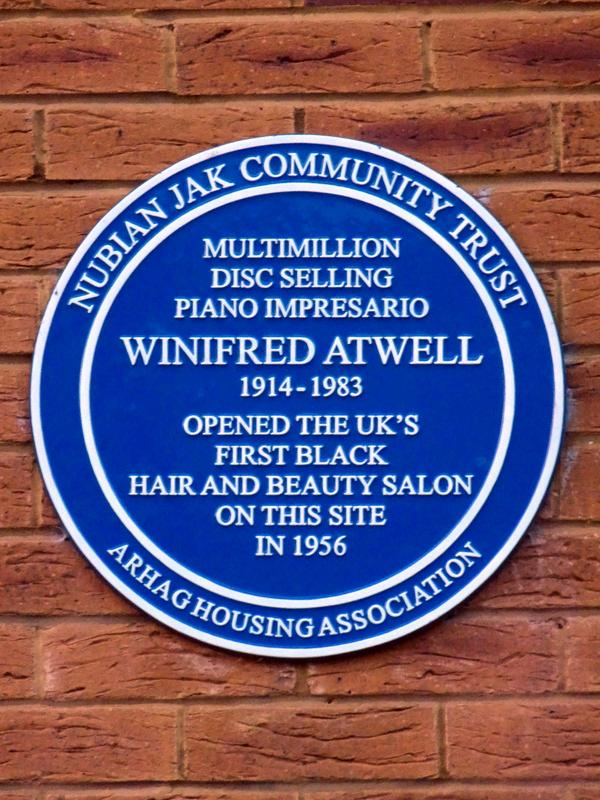

In December 1954, she became the first Black artist to top the UK charts with Let’s Have Another Party, later selling over a million records Both trailblazer and virtuoso, Winifred Atwell changed British music forever. In, 1956 she opened the first Black hair and beauty salon in Brixton, London.
Billy Ocean is one of Britain’s greatest musical trailblazers — the most successful Black recording artist the country has ever produced, with over 30 million records sold worldwide. Born in Trinidad and raised in London’s East End, he grew up inspired by soul legends like Otis Redding and Sam Cooke, as well as the energy of The Beatles and The Rolling Stones His breakthrough came in the mid-1970s with the Motowninspired Love Really Hurts Without You, which shot to No. 2 in the UK and top 20 in the US.
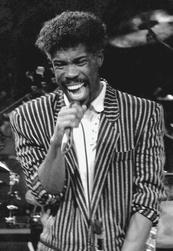
Which Black British athlete was the first to win medals for Great Britain?
Which Brixton-born writer won the Booker Priz her novel Girl, Woman, Other?
The Notting Hill Carnival, Europe’s largest str roots in which Caribbean country’s cultural tr
Who was the first Black presenter of the BBC’ children’s show Blue Peter?
Which Black British rapper was the first to headline Glastonbury Festival?
In 1910, who became the first Black London bus


Leicester Community Radio began its journey in October 2015, opening its doors at the African Caribbean Centre with the backing of Leicester City Council. Founded by Desmond Belle, the station quickly gathered a passionate collective of community DJs, each bringing their unique sound and expertise across a wide range of music genres
At first, LCR broadcast online each evening from 6 pm until midnight, with DJs inviting local guests into the studio to grow listenership and strengthen community ties. LCR has welcomed National and International artists. By 2018, daytime presenters joined the line-up, filling gaps in the schedule and expanding the team. With an AM license secured and shows streamed live on Facebook, the station’s reach grew beyond Leicester Then came the challenges of 2020. When COVID-19 forced the temporary closure of the African Caribbean Centre, LCR relocated to Evington Valley Road Despite lockdown restrictions, the station’s mission to uplift the community became more vital than ever. Facebook Live created a lifeline for people isolated at home, offering music, laughter, and a sense of connection when it was needed most.

& KRS One
Later that same year, LCR successfully applied for an FM license, allowing it to broadcast even further across Leicester while still reaching global listeners online As the station grew, it eventually found a new permanent home at St Peter’s Church & Community Centre, where the support of the church community helped LCR flourish
Over the years, the station has partnered with countless community groups and local businesses supporting events with live broadcasts, music, interviews, and entertainment. LCR has become a central hub for cultural celebration and community connection across the city
What began as a small collective of DJs has grown into something much greater than imagined Today, Leicester Community Radio stands proud on the foundation built by its dedicated DJs, admin staff, board of directors, and loyal listeners celebrating a decade of service, music, and community spirit
As Leicester Community Radio celebrates ten years of broadcasting, we are more determined than ever to look ahead and build on the strong foundations we have created. The journey so far has shown us the power of community voices, and our future is about amplifying those voices even further
In the coming years, LCR plans to expand its schedule with more live shows, ensuring a wider variety of music, talk, and cultural programming that truly reflects the heartbeat of Leicester We want to give even more opportunities for local talent to shine—whether that’s DJs, presenters, or community members who have stories to share. Our aim is not just to entertain, but to inform, inspire, and connect
Community engagement will remain at the heart of everything we do. From hosting live broadcasts at local events to partnering with schools, youth groups, and grassroots organisations, LCR will continue to create spaces where people feel heard and represented. We also want to grow our outreach projects, using radio as a platform to bring people together across generations, backgrounds, and experiences
To make this vision a reality, we need your support. Running a community radio station takes dedication, time, and resources, and fundraising will play a crucial role in our growth. Every donation, no matter how small, helps us keep the music playing, the conversations flowing, and the community connected.
Together, we can ensure Leicester Community Radio continues to thrive for the next ten years and beyond. Join us support, donate, and be part of the journey.

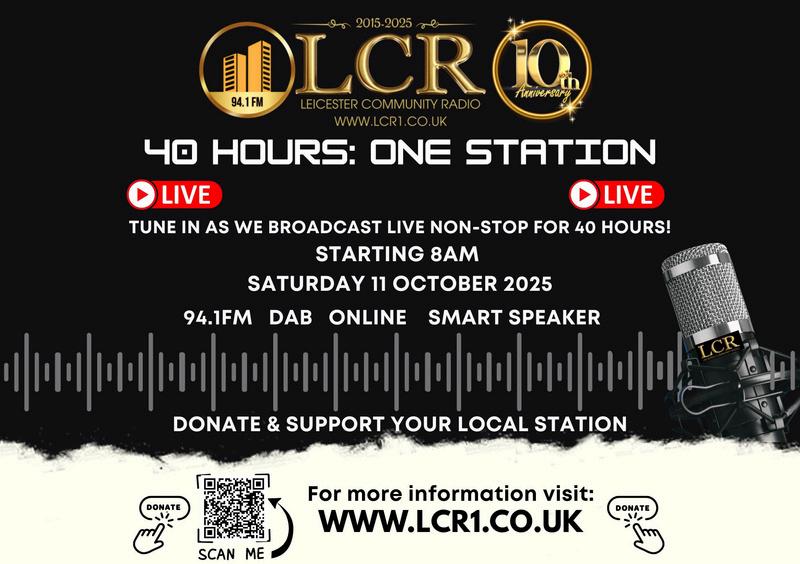
In the late 1950s, Detroit’s assembly lines were churning out cars, but another kind of machine was quietly being built — one that would drive the sound of a generation. Berry Gordy Jr., a young dreamer with an ear for talent, founded Tamla Records in 1959. A year later, it became Motown Record Corporation, its name a proud nod to Detroit, the “Motor Town.” What began in a modest house on West Grand Boulevard would soon become a cultural powerhouse, shaping the sound of America and bridging racial divides in popular music.
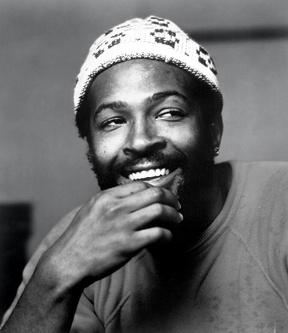


Motown’s formula was irresistible: soulful voices paired with pop sensibilities, creating the now legendary “Motown Sound.” In the 1960s, the label produced hit after hit, sending 79 songs into the Billboard Top 10. More than a record company, Motown was a movement — one that brought African American artistry into the mainstream, forever changing the music industry.
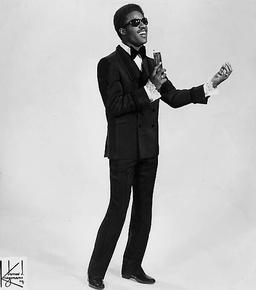
Few captured this shift more powerfully than Marvin Gaye. His masterpiece, What’s Going On, wasn’t just an album — it was a plea reflection, and a revolution. Told through the eyes of a Vietnam vet returning to a fractured homeland, the songs flowed seamlessly cycle, tackling issues of poverty, drug abuse, racial injustice, and war tracks like “Mercy Mercy Me,” Gaye even gave voice to environmen concerns long before they became part of public discourse. His revealed the depth of Motown’s vision: music that not only entertained, but also enlightened.
At the same time, Motown nurtured a boy wonder who would grow into one of music’s greatest visionaries. Stevie Wonder, signed at just eleven years old, amazed audiences with his raw talent on harmonica, drums, and piano. His first number-one hit, “Fingertips (Pt. 2),” made him the youngest artist ever to top the Billboard charts But Stevie’s true brilliance emerged in the 1970s, as he fused funk, soul, and pop with socially conscious lyrics. Albums like Talking Book, Innervisions, and Songs in the Key of Life delivered classics such as “Superstition,” “Living for the City,” and “Isn’t She Lovely.” Through Motown, Stevie Wonder transformed from a child prodigy into a groundbreaking artist whose music pushed boundaries and inspired generations
And then came a family act whose energy lit up stages around the world: The Jackson 5 Hailing from Gary, Indiana, the brothers — Jackie, Tito, Jermaine, Marlon, and the young phenomenon Michael — burst onto the Motown scene in 1969 with “I Want You Back.” They made history with four consecutive number-one singles, including “ABC,” “The Love You Save,” and “I’ll Be There.” Their fresh sound, dynamic choreography, and sheer charisma captivated audiences of all ages Within five years, they had sold over 60 million records and earned 17 Top 40 hits, cementing their place as one of Motown’s brightest stars. Together, these artists and many more made Motown more than a record label. It became the soundtrack of a generation — a symbol of creativity, unity, and the power of music to break barriers and bring people together.

Labi Siffre
Claudius Afolabi “Labi” Siffre was born in West London to a Barbadian-Belgian mother and Nigerian father. In the 1960s, British charts were filled with white artists like The Beatles, Dusty Springfield, and Tom Jones, all influenced by American soul, while Black British musicians were far less visible. Labi Siffre changed that in the early 1970s with music that blended soul, jazz, funk, and soft rock
His first hit, It Must Be Love, reached No. 14 and later became a top-five success when covered by Madness. Yet his most powerful song was Something Inside So Strong, inspired by both apartheid atrocities in South Africa and his experience as a gay man, climbing to No. 4 in the charts.
Siffre’s influence endures, with his songs sampled by Eminem, Kanye West, Jay-Z, Fatboy Slim, and others. A true pioneer, Labi Siffre gave voice to resilience and paved the way for Black British artistry.
Aswad & Steel Pulse
Reggae in Britain was never just about rhythm — it was about resistance, storytelling, and identity. In the 1970s and ’80s, two bands in particular carried those messages onto the world stage: Aswad and Steel Pulse. Aswad, formed in West London, gave voice to the Black British experience with music rooted in community and struggle. Their 1975 self-titled debut album painted vivid portraits of Jamaican immigrants navigating the challenges of a hostile London. Throughout the 1980s and ’90s, they adapted to the times, blending reggae with funk and soul This versatility carried them into the mainstream, earning them consistent chart presence from 1984 to 1995.
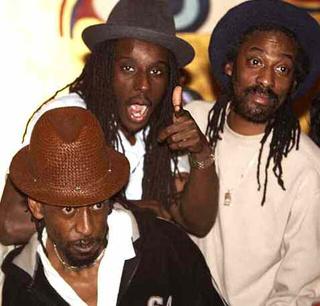
Their biggest moment came in 1988 with Don’t Turn Around, a UK No. 1 hit that showcased their pop-crossover sound. Whether celebrated for their roots authenticity or crossover success, Aswad’s ability to evolve made them Britain’s most enduring reggae band. From Birmingham, Steel Pulse brought a sharper political edge. Formed by school friends David Hinds, Basil Gabbidon, and Ronald McQueen, they rose to prominence with their 1978 debut Handsworth Revolution. The album, named after their neighborhood, became a landmark in British reggae — an uncompromising blend of roots rhythms and commentary on racism and inequality Songs like Ku Klux Klan directly confronted the reality of racial violence, while their musicianship drew international acclaim. In 1987, they became the first non-Jamaican act to win a Grammy for Best Reggae Album with Babylon the Bandit, cementing their global reputation.
Together, Aswad and Steel Pulse represent the twin forces of British reggae: adaptability and defiance. One found success by fusing reggae with mainstream pop, the other by sharpening reggae’s role as protest music. Both gave voice to Black Britain, and their legacies continue to influence new generations of artists.
by jeff reid

In my thoughts, lost taking a path— who knows where that leads? Going around bends and turns, round and round, breathing in the clean, fresh air we need to survive.
Sad moments criss-crossing, good times entwined: sad, glad, good, bad, kind, hate, love— on the wings of. Thoughts comes and goes.
Oh, hold on— yet another one.
I wish I was… if only I could, I would you know. What’s the truth? Is it make-believe?
If you think it is, does it make it real? Hmm… I don’t think so.
I’m awake. I abide the rules.
I do good. I do right.
Thoughts are affecting so many lives. The sane ones never mean any harm.
Positiveness uplifts, takes you out of thought you are lost in.
Forget negativities, read between the line above. People tell you— they say it’s easy, how they see it in their thoughts, in their minds. You have yours, I have mine. They, them, he, she— how many thoughts through the day passes?
He, she, you, me—
click, when on the same path of thought, creating laughter, constructive banter, taking you whether you want to follow fashion, going along because you think you’ll please— he, she, they, them. What about you? What about me? How about the one who on us relies?
Thoughts: some are creative, some are responsible, some are just a mind game— speeding up the thought process, passing through your brain. Thoughts.
Jeff Reid is a Leicester writer and poet whose work explores the hidden layers of human thought, emotion, and identity. Through vivid imagery and raw honesty, his poems capture the contrasts of life—light and shadow, truth and illusion, love and loss. With a voice that blends reflection and rhythm, Jeff invites readers to question what is real, peel back the masks we wear, and journey deeper into the landscapes of the mind.


1.Diane Abbott – First Black woman MP (1987, Hackney North & Stoke Newington).
2.Daniel Kaluuya - Judas and the Black Messiah
3.Mary Seacole
4.Paul Yaw Boateng – First Black Cabinet minister (Chief Secretary to the Treasury, 2002).
5.John ‘Jack’ London in 1928
6.Bernardine Evaristo
7.Trinidad & Tabago
8.Diane-Louise Jordan
9.Stormzy
10.Joe Clough
Behind the Mic
Paul Anthony
DJ Flava
DJ Yaz
DJ Specialistouch
Miss Represent
Daddy I T
Two is a Crowd
DJ Empress
DJ Selectress
DJ Diverse
Joey Bside
D Crime
DJ Wanted Faya Love
DJ Dirksman
King Selections
DJ Curtis
DJ MacAnthony and MC Antonie
Star Linxx Intl
DJ EP
Directors
Desmond Belle Euan Johnson
Theresa Hutchinson
Simon Edwards
Special Thanks St. Peters Church Highfields
Behind the Scenes
Fiona Hutchinson - Development Manager
Leah Fredrick - Event Support
Black History Month Team
Theresa Hutchinson
Fiona Hutchinson
Errol Powell
Sinéad White
